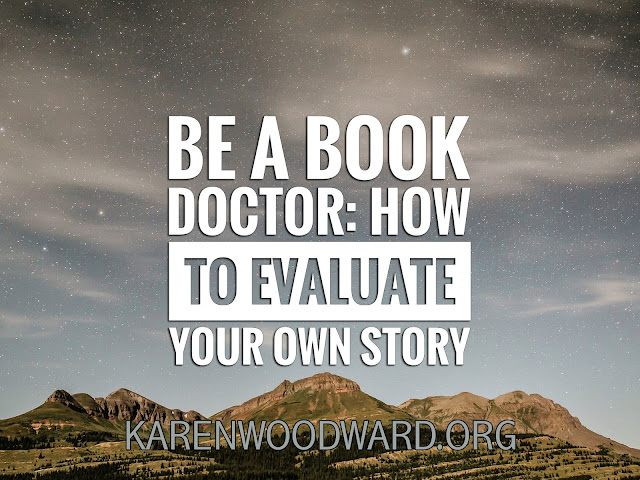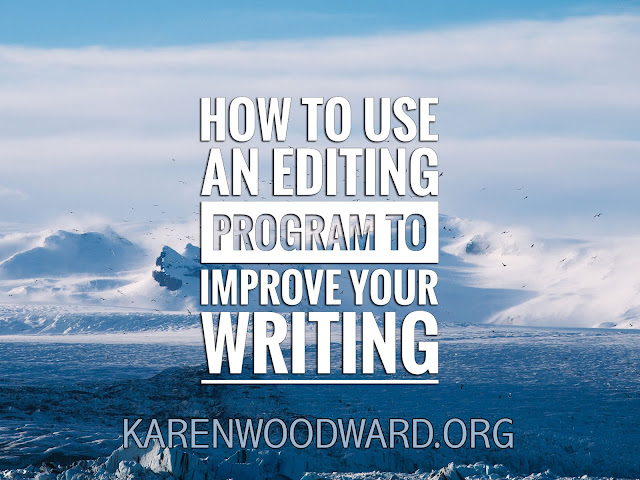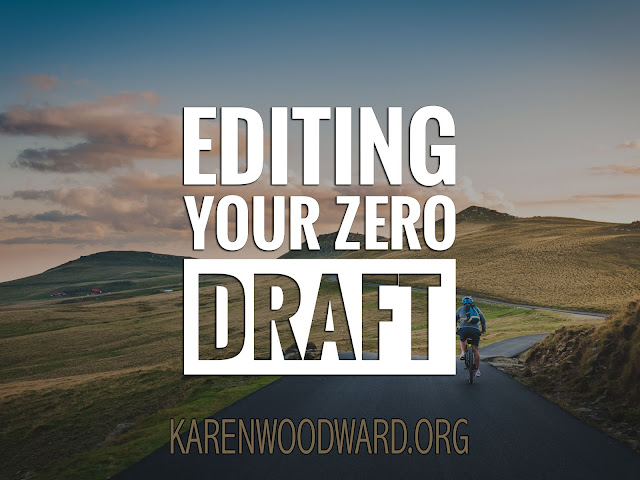Lately I’ve been especially pressed for time. I want to publish the non-fiction book I blogged during NaNoWriMo and I’d like to do this by January 1st. I think that’s completely doable if I can find enough time to put in the hours needed.
Since I’m sure many of you are in the same boat—perhaps you want to turn your NaNoWriMo treasures into an awesome first draft—I thought I’d share some of the time management tips and tricks I’ve picked up over the years.
1. Focus
What is the one thing you want to accomplish today? Not the three things or even the two things, but the one thing.
Ask yourself, what would, could, you do today that will get you closer to your goal? What is the one thing that, even if you didn’t get anything else done, you would have a sense of accomplishment if you completed it?
What I do is make a to-do list at the beginning of each day. Each task is something that can be done in less than 4 hours. Then I go through the list and make one item on that list a priority.
How does one choose the one task? I like to mark all my tasks as being either important (for accomplishing my goal) or urgent (there’s a ticking clock). Any task that is both important and urgent I star. If only one task is both important and urgent then I’ve got my one task! If there are more than one I decide between them. But, as with Highlander, (think Sean Connery) “There can be only one!” (Sorry, couldn’t resist!)
I picked up this tip from The ONE Thing: The Surprisingly Simple Truth Behind Extraordinary Results by by Gary Keller and Jay Papasan.
2. Be specific
If the one thing you want to accomplish today is to publish your next book then, if it’s written, edited, proofed, you’ve obtained cover art, and so on, great! That’s doable. However if your next book isn’t written yet then that’s a goal that can’t be accomplished in four hours or less! So it needs to be broken up into bits that can be accomplished in a reasonable about of time. (The amount of time that works for me is four hours or less, but you may well be different.)
Generally speaking, the more specific a detail is the clearer it is what is required to complete the task. When it’s obvious how to complete a task then, more often than not, it can be accomplished quickly.
Let me give you an example. Say that you want to write one short story a week. That’s your goal. Now let’s break down the task into manageable bits.
Task 01: Determine how many words your short story will be.
Before I begin a writing project I like to know approximately how many words long I want it to be. To determine this ...
Task 02: Choose 5 short stories that are in the genre you want to write in and that you personally love.
Task 03: Determine the length of each of these five short stories.
I let the length of these stories guide me in deciding how long I want my short story to be.
Task 04: Divide the number of words you want to write by the number of words you can write in an hour to yield the number of hours it will take you to write your Zero Draft.
Task 05: Determine how many hours a day you can set aside for writing. Compare this number to the number of hours per day you’d have to write if you wanted to publish one short story a week and adjust the number of words in the short story until you have a fit. Now all that’s left to do is to mark off a block of time in your favorite scheduling program (I use the MacOS Calendar app).
That’s it! Don’t give up if you fall behind. Over time you’ll get a better feel for the number of words you can write per hour.
It’s the same process for anything. Say you want to sell your car. Break the task down. Where are you going to list it? Craigslist? Your local newspaper? How much should you charge? Look up how much similar cards are being sold for. And so on. By breaking the large task up into small manageable bits, each of which can realistically be done in a day, even tasks that seem impossible get done.
3. Be realistic.
Avoid setting unrealistic goals. If you don’t meet a goal then it becomes much easier to let the next one fly on by.
4. Don’t let failure stop you.
Someone one said, the only way you can fail is if you stop trying. Your first attempt might fail, as might your second, third, fourth, and so on, but as long as you don’t give up, as long as you keep trying, you haven’t failed. You’ve just learnt a lot about what doesn’t work!
Never give up trying to accomplish your goal. Instead change how you’re trying to accomplish it. Approach it from another path, another direction. Or perhaps make the goal more specific or perhaps more general.
The only way to ensure failure is to give up.
5. Don’t multitask.
Do one task at a time giving your full attention to that task. I like to set a timer. I’ll give myself 50 minutes to work on one task, take a 10 minute break, then go back to work. After two work periods like this I’ll take a 30 minute break. Rinse and repeat.
6. Know thyself
Start recording the amount of time it takes to complete each task. Before I did this I really didn’t know how long it would take me to do various things. This made scheduling must more difficult than it needed to be!
Every post I pick a book or audiobook I love and recommend it to my readers. This serves two purposes. I want to share what I’ve loved with you, and, if you click the link and buy anything over at Amazon within the next 24 hours, Amazon puts a few cents in my tip jar at no cost to you. So, if you click the link, thank you! If not, that’s okay too. I’m thrilled and honored you’ve visited my blog and read my post. :-)
Today I want to recommend one of my favorite books in the world, How the Grinch Stole Christmas!, by Dr. Seuss. From the blurb: “Like mistletoe, candy canes, and caroling, the Grinch is a mainstay of the holidays, and his story is the perfect gift for young and old.”
If you’d rather watch the movie—watching How the Grinch Stole Christmas was a Christmas tradition in my family for many years!—here’s the link: How the Grinch Stole Christmas, the movie.
That’s it! I would love it if you shared your time saving tips and tricks. :-)
I’ll talk to you again on Monday. Until next time, good writing!






